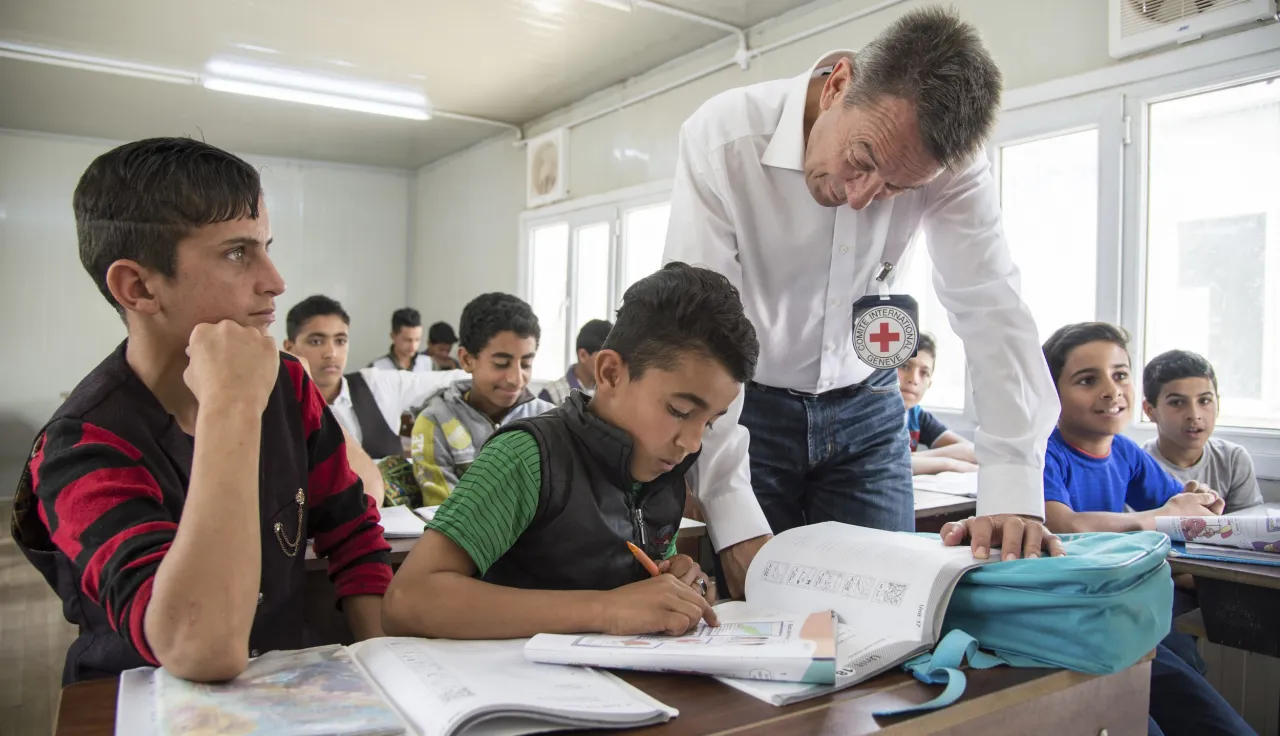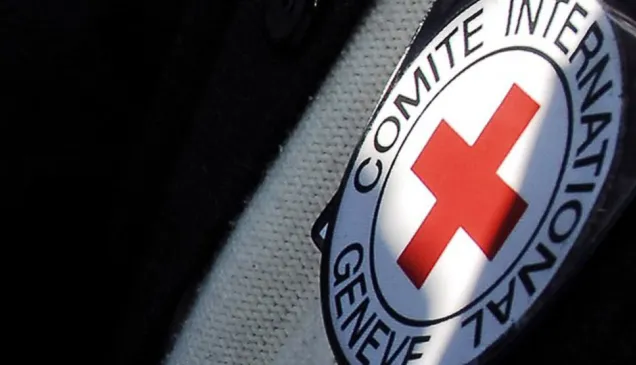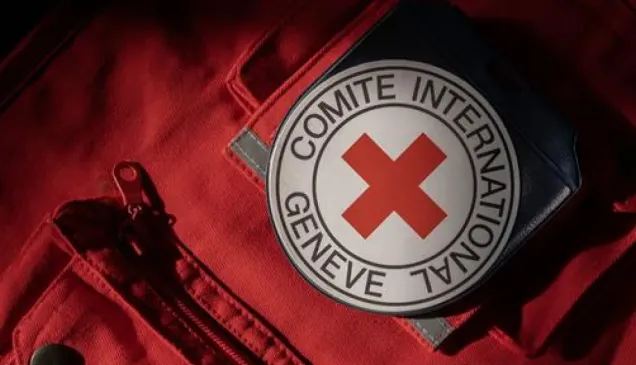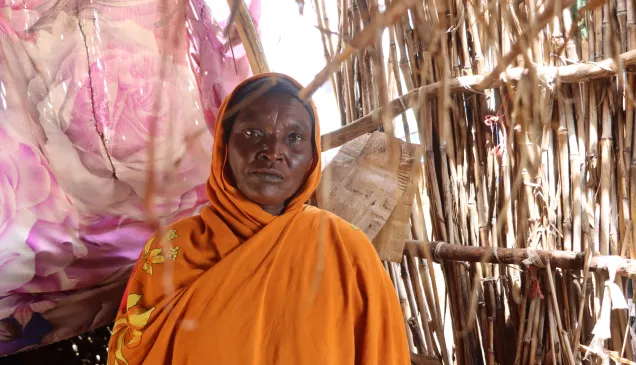Q&A: ICRC and access to education

This Q&A offers preliminary responses to ten frequently asked questions which the ICRC has addressed, in particular since the launch of its framework and strategy on access to education in 2017. The questions range from factual information about what the ICRC and the Movement do on access to education, or what the Geneva Conventions say about education, to policy positions on education and humanitarian action.
1. What does the ICRC do to help people have access to education?
We want to make sure that even in areas affected by conflict and violence, people can still get an education.
So we work to ensure that pupils, teachers and schools do not find themselves – literally – in the firing line. For example, we might ask parties to a conflict to move military forces, materials or equipment that are too close to schools. We work with local communities to improve the safety and security of schools and to encourage safe behaviour among pupils and teachers. In Brazil, Colombia, Mexico and Ukraine, for instance, we focus on making buildings safer with protective walls, basements and antiblast film on windows, and people safer with evacuation drills and first-aid training. We provide psychosocial support for pupils, parents and teachers – all people who have a key role to play in managing risk in schools. In all this, we work closely with school administrators and education authorities. In some cases we collaborate with the National Red Cross and Red Crescent Societies as well.
In contexts where we visit people in detention places, we look at the availability of education opportunities for detainees. Where possible, we work with prison authorities to improve detainees' access to education, like for instance in Myanmar.
Through our economic security activities we also help to remove financial and material barriers to access to education at household level.
Last, we train professionals – engineers, water technicians, nurses, surgeons, physiotherapists, orthopaedic technicians, agronomists, veterinarians - often working with universities or vocational training centres. For example, through our partnership with the Lebanese University, we offer a diploma in the clinical management of weapon-wounded patients. Further analysis is being done on how a wider range of capacity building trainings conducted by the ICRC might also constitute an educational asset and investment for those receiving them.
In 2017, we adopted our first Framework for Access to Education, formalizing, consolidating and strengthening our work on education.
2. Why is education a humanitarian issue?
Education is a humanitarian issue because it enables people to rebuild their lives with dignity. Education is one of the first things a community asks for, whether in places where access to education is suddenly disrupted or in places where education has been a challenge for decades. As conflicts last for a long time, humanitarian action helps people not only to survive but also to rebuild and improve their lives. This requires more than meeting people's immediate physical needs. It is about the Fundamental Principle of humanity, ensuring that people are respected as human beings, acknowledging their fears, hopes and expectations, and supporting them as they make decisions about their life now and in the future.
Education is rapidly and profoundly disrupted by armed conflict and other violence, specifically by attacks and threats against pupils and teachers. Neutral, impartial and independent humanitarian actors have a role to play in helping to create a safer environment for children to continue with their education, for instance by communicating with weapon bearers.
Importantly, access to education is a humanitarian issue because schools are important epicenters of community life and of humanitarian activity. If schools are safe, children and their families can regain a sense of normality and get the critical information and the support they need, e.g. on health, nutrition and hygiene, as well as on risks related to unexploded ordnance, sexual violence, or recruitment or use of children by parties to conflict etc.
3. What does international humanitarian law say about education?
Although international humanitarian law does not provide explicitly for a right to education, many of its rules aim to ensure that people can continue to receive an education during armed conflict and that students, teachers and schools and other educational facilities are protected from hostilities.
Schools are usually civilian buildings, meaning they must not be attacked. They may lose their protection against attack in specific circumstances, for example possibly if they are used as military barracks or as a weapons arsenal. But even in such cases, warring parties must take all feasible precautions to avoid or at least minimize harm to civilians when attacking. Attacks expected to cause excessive harm to civilians or civilian buildings are prohibited.
Students and teachers are presumed to be civilians. Like all other civilians, they are protected from attack unless they directly participate in hostilities, regardless of whether or not a school or other educational facility has itself lost its protection against attack.
There is no provision under international humanitarian law specifically prohibiting the military use of schools. However, such use – which increases the risk of attacks on schools – must be assessed in light of the obligations of parties to armed conflict to take all feasible precautions to protect civilians and civilian objects under their control against the effects of attacks by an opposing party; to afford children special respect and protection; and to facilitate access to education. These obligations protect schools and other educational facilities, as well as students and teachers.
4. Isn't education a political issue in places affected by conflict? How is the ICRC going to remain neutral and independent while promoting access to education?
In our experience, maintaining access to any public service in a conflict zone can have political implications and can easily become a challenge for organizations need to stay neutral. Operational decisions are made at field level, based on our assessment of the situation and how the organization is perceived. There might be situations where the ICRC is not be able to facilitate access to education because doing so would jeopardize our neutrality and independence. And there might be situations a balance can be found and the ICRC is able facilitate access to education, while maintaining its neutrality, even in a highly polarized context.
5. Is the ICRC planning on delivering education services?
No, we step in where the education system has been disrupted by armed conflict and other violence so that national education providers and agencies with expertise in education, who are better placed in this field, can help hard-to-reach communities.
The sole exception is when it comes to developing professional skills in areas where we have technical expertise, e.g. orthopaedics, health, water, agriculture and livestock, or specific training for microeconomic initiatives. We may take part in, or support the delivery of, this kind of educational opportunity in partnership with training, professional or academic institutions.
6. Will the ICRC partner with educational organizations?
We are looking to develop closer links with education community at national and international level. This may mean working with other organizations, where we can bring an added value, so that adults and children can resume or continue their studies, or it may entail knowledge transfer and policy research. That is why we have joined various education-related forums and networks recently, and signed memoranda of understanding with organizations that work on education. We will – of course – continue to partner with National Red Cross and Red Crescent Societies that are involved in education.
7. When working with education service providers, will the ICRC pay attention to the quality and content of what is being delivered?
We are well aware that access to education does not necessarily equal quality of education and learning outcomes. In 2017, the World Bank warned of a global "learning crisis". There is a marked shift of focus from access to access and learning among education practitioners working in emergency settings. We are actively engaging with these practitioners, for instance through the Inter-Agency Network for Education in Emergencies, with whom we are closely following discussions on quality of education, even though we are not ourselves education providers.
The quality of education is a consideration for the ICRC when we look at the potential effectiveness and impact of our action in support of access to education. After all, facilitating access to a school where learning outcomes are poor does the pupils and students little good and raises the likelihood of them dropping out. It is important that we are sure that we are only facilitating access to schools that offer an education that fulfils minimum requirements of accessibility, acceptability and adaptability for a given community.
We may be able to improve the quality of the education provided in those schools by distributing learning and teaching materials, improving school infrastructure and helping to build a safe learning environment for pupils and teachers. This might mean improving the passive security of schools, i.e. focusing on the design of the building. It might mean educating people about the risks of landmines and how to stay safe, or it might mean talking to parties to a conflict to reduce the danger that schools, pupils and teachers could be put in.
But it is important to understand that these contributions to quality education are made at the school level. We are not in a position to address systemic gaps and needs in the education sector.
In addition, we look at what is actually being taught to see whether our action or that of others may inadvertently cause harm (put learners and their communities at risk of violence) or compromise the fundamental principles of impartiality, neutrality and independence which guide our action. We make sure that our role in facilitating access to educational facilities delivering a particular curriculum is not perceived as taking sides or favouring one community over another. These are questions that can only be addressed in on a case-by-case basis, based on a context and time-specific analysis and most importantly on the views expressed by the communities themselves.
8. What is the role of National Red Cross and Red Crescent Societies when it comes to education?
National Societies run a variety of education-related activities, particularly in relation to health, disaster-risk management, social inclusion and promoting humanitarian values and principles. Their work is firmly based on their relationship with public authorities and on their network of local branches and youth volunteers.
In contexts prone to natural or man-made disasters, National Societies and the International Federation of Red Cross and Red Crescent Societies have developed a strong expertize on measures to ensure that learning facilities are safe and equipped to manage disasters, reduce risk and to increase resilience in the education sector. The International Federation is actively engaged in the Global Alliance for Disaster Risk Reduction and Resilience in the Education Sector.
National Societies also play an active part in curricular development and education delivery in formal, non-formal and informal settings. This includes on topics such as health, nutrition, water, sanitation and hygiene, shelter, road safety and risk reduction, migration, international humanitarian law and principles, gender, respect for diversity, intercultural dialogue, social inclusion and violence prevention. These activities, often led by local youth volunteers, aim to enable people to interpret situations from a humanitarian perspective and to develop their knowledge, values and skills to contribute to building safe, healthy, peaceful, inclusive and resilient communities.
In November 2017, the International Red Cross and Red Crescent Movement adopted a resolution that for the first time committed the Movement specifically to addressing education-related needs, especially in situations of armed conflict, disasters and other emergencies. The resolution also outlines the complementary roles and expertise of National Societies, the International Federation and the ICRC when it comes to supporting education systems.
9. Many people think education can be used to prevent or counter violent extremism. What are the ICRC's views on this?
We are aware of initiatives by States and UN agencies to prevent or counter violent extremism, which may include some elements linked to education. As a neutral and independent humanitarian organization, we do not comment on the merits of approaches for preventing or countering violent extremism and we do not directly associate ourselves with such activities.
10. What is the ICRC's position and role regarding the Safe Schools Declaration and the Guidelines for Protecting Schools and Universities from Military Use during Armed Conflict?
Our position on the Safe Schools Declaration can be found here.



